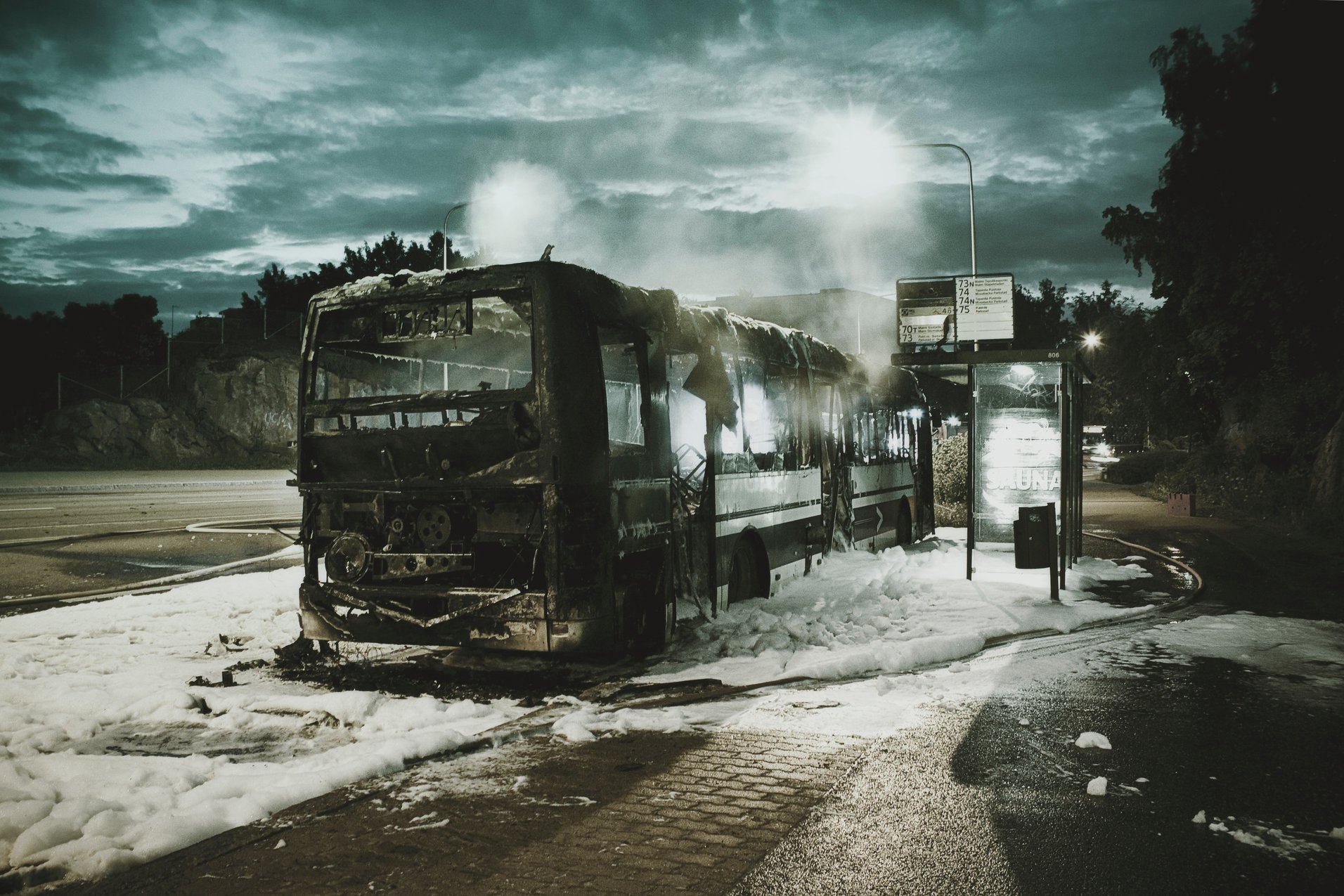Preparing for Disasters: Important Things to Keep in Your Emergency Kit
Disasters and emergencies can strike when you least expect them. Events like storms, floods, earthquakes, and fires can all wreak havoc on private and public properties, as well as endanger the lives and wellbeing of our loved ones. Fortunately, there are things we can do in order to mitigate the potential effects of a disaster, and one of these is building a proper emergency kit.
Putting together an emergency kit is quite easy, especially because many of the items that make it up are inexpensive and easily available. Naturally, while we can recommend the most important items that you have to include in your kit, you also have to take your family’s unique needs into consideration. For instance, if you have pets, very young children, or elderly individuals living with you in your home, it is important to make provisions for their needs as well.

That said, here are some of the most important things you need to include in your emergency kit.
Water and Food
It goes without saying that you’ll need food and water to survive. The Philippine Red Cross and the US Department of Homeland Security recommend storing 1 gallon (3.78 liters) of water per person per day, which should be enough for your drinking and sanitation needs. As for the food, you should store at least 3 days’ supply of non-perishable food. Consider keeping canned goods, granola bars, cereals, protein bars, dried fruits, nuts, crackers, biscuits, as well as sweet candies in case someone needs them for hypoglycemia. Don’t forget to keep supplies and accessories for drinking and eating as well. These include water purification tablets, can openers, and disposable plates, cups, and utensils.
Cellphone, Powerbank, and Charging Accessories
In the event that you need to call for help, you must also have a reliable communication device like an extra cellular phone. Make sure to save all the necessary emergency numbers on the phone, and keep the charging accessories close at hand as well. Also keep a dependable and fully charged powerbank or external battery because electricity often becomes unavailable in disaster-struck areas.
Battery-Operated or a Hand-Crank Radio
A radio is an essential part of any emergency preparedness kit. It is very useful during emergencies because radio waves travel farther than LTE signals, which means disaster response agencies can broadcast to more people even when cellular networks become debilitated. Having a battery-operated radio or one that you can charge by cranking will allow you to listen to emergency-related broadcasts even when there is no electricity.
Flashlight, Emergency Lamp, and Extra Batteries
When the power goes down and the light goes out, a flashlight and an emergency lamp will become very important for safety and injury prevention. Make sure to keep extra batteries as well.
Whistle
A whistle that creates a distress signal in the form of a loud noise can help you get the help you need. Choose an outdoor- or emergency-grade whistle that creates a very loud sound, is resistant to deterioration, and is pealess (to avoid the pea or ball getting jammed). If available, choose one that is brightly colored or attach the whistle to a colorful lanyard, so you’ll be able to see it easily when you need it.
Particulate Respirators
In case the emergency situation produces a lot of dust or particulate matter in the air, you’re also going to need particulate respirators to protect your lungs with. Choose respirators that are rated N95 or higher. However, do take note that while particulate respirators will protect you against fine particles like those from smoke or building debris, it will not prevent you from inhaling harmful gases like carbon monoxide.
Hand Tools
Tools can be very helpful during disaster situations. Think about tasks like disabling or turning off utilities, demolishing debris, or creating makeshift items. Some of the tools you can keep are a multi-tool, a pair of insulated pliers, screwdrivers, and hammer and nails.
Hygiene Supplies and Clothing
Also make sure that you have easy access to basic hygiene and sanitation supplies, including antibacterial soap, alcohol or sanitizer, moist towelettes, tissue paper, toothbrush, and toothpaste. Moreover, pack several changes of clothes, including tops, bottoms, undergarments, and outerwear.
First Aid and Medical Kit
Always keep your medicines and first aid kit close at hand as well. Prepare a box of your prescription medications and emergency medications (e.g. paracetamol/Tylenol, ibuprofen, cough and cold medications, anti-diarrheal medication), as well as first aid supplies like bandages, dressing pads, medical tape, antiseptic solution, tweezers, scissors, safety pins, and sealable plastic bags.
Plastic Sheeting, Heat-Retaining Blankets, and Sleeping Bags
Supplies for sleeping in can also help make you more comfortable in case you become stranded in your home or have to evacuate to another location. At the very least, you should keep plastic sheets that you can use to cover a dirty or wet floor with. You should also have heat-retaining foil blankets for when it gets cold in the night. However, if you can have actual sleeping bags, that would also help you immensely.
The negative effects of a disaster or emergency situation can be alleviated if you prepare well. Make sure to provision yourself with the right supplies and tools today.
This is a guest blog by Monica Mendoza.

One Comment
Michi
It is really important to have an emergency kit but to be honest, I don’t have one. I only have first aid kit pero yung ready-bag talaga that I can bring wala pa. To add, don’t forget to check the water and food expiration inside the kit, baka sa tagal na nakastore, expired na pala yung madala. 🙂